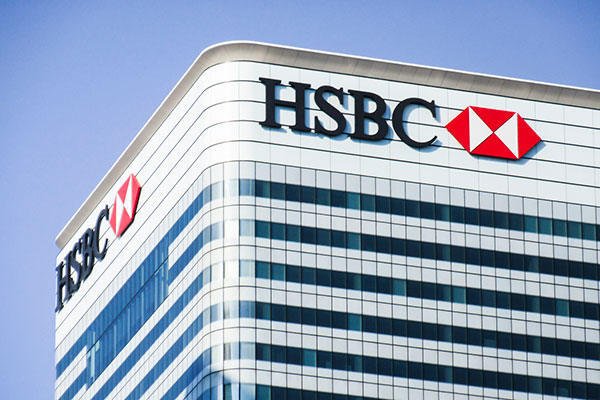HSBC turns a corner, but other banks look better
The bank had laid the foundations for its recovery, but the market still says ‘sell’.
27th April 2021 15:45
by Richard Hunter from interactive investor
The bank had laid the foundations for its recovery, but the market still says ‘sell’.

HSBC (LSE:HSBA) will not transform its fortunes overnight, but the improving economic outlook has provided a welcome boost to the bank’s aspirations.
In particular, the release of $400 million (£288 million) of impairments is sign of optimism, especially in the UK where the situation has markedly improved from the perspective of poor-performing loans.
At the same time, the investment banking unit has continued to benefit from market volatility and fund raisings and the Wealth business saw a 3% growth of balances taking the figure to £1.6 trillion in the quarter. Overall, the bank has reported that each of its regions were profitable for the quarter, already a far cry from the tribulations of 2020.
The return on equity figure has also shown marked improvement, while the capital cushion is unchanged on the previous quarter but extremely comfortable at 15.9%. With the liquidity coverage ratio also edging higher to 143%, the famously robust finances of the group are intact, which could bode well for shareholder returns later in the year.
- Buy before this bank share bounces
- US earnings to watch this week: Tesla, Alphabet, Apple and Amazon
- Special offer: no trading fees on US shares for this week only
The swing to profit from a previous loss in most regions, notably Europe and North America, begin to lay the foundations of a recovery. The 79% improvement in pre-tax profit to $5.8 billion, albeit against a softer comparative, is promising.
Much remains to be done however, such as a transformation programme which has yet to land. In the meantime, it has contributed to a worsening cost/income ratio, now standing at 65.7% versus a previous 57.4%, with an unhelpful rise of 9% in operating expenses overall. Group revenues fell by 5.1% as historically low interest rates continue to crimp income, with net interest margin at 1.21% from a previous 1.54%.
Further risks are evident, with varying geopolitical tensions in its core Asian region. That accounts for 65% of profits on these numbers and is a particular concern.
The likelihood that different parts of the world will emerge from the pandemic at different speeds and over different times is another potential headwind, while the fact that there are still a number of payment holidays for the bank to consider add to a difficult credit mix.
- Are you saving enough for retirement? Our calculator can help you find out
- Discover how to be a better investor here
Indeed, it seems that HSBC remains the laggard compared to its peers, both in terms of share price performance and the general view for the moment.
The shares may have added 5% over the last year, during which time the FTSE 100 has jumped 19%, but this is largely propelled by a spike since the announcement of a vaccine in November. Meanwhile, the current market consensus of the shares as a ‘sell’ implies much better value elsewhere within the sector.
These articles are provided for information purposes only. Occasionally, an opinion about whether to buy or sell a specific investment may be provided by third parties. The content is not intended to be a personal recommendation to buy or sell any financial instrument or product, or to adopt any investment strategy as it is not provided based on an assessment of your investing knowledge and experience, your financial situation or your investment objectives. The value of your investments, and the income derived from them, may go down as well as up. You may not get back all the money that you invest. The investments referred to in this article may not be suitable for all investors, and if in doubt, an investor should seek advice from a qualified investment adviser.
Full performance can be found on the company or index summary page on the interactive investor website. Simply click on the company's or index name highlighted in the article.